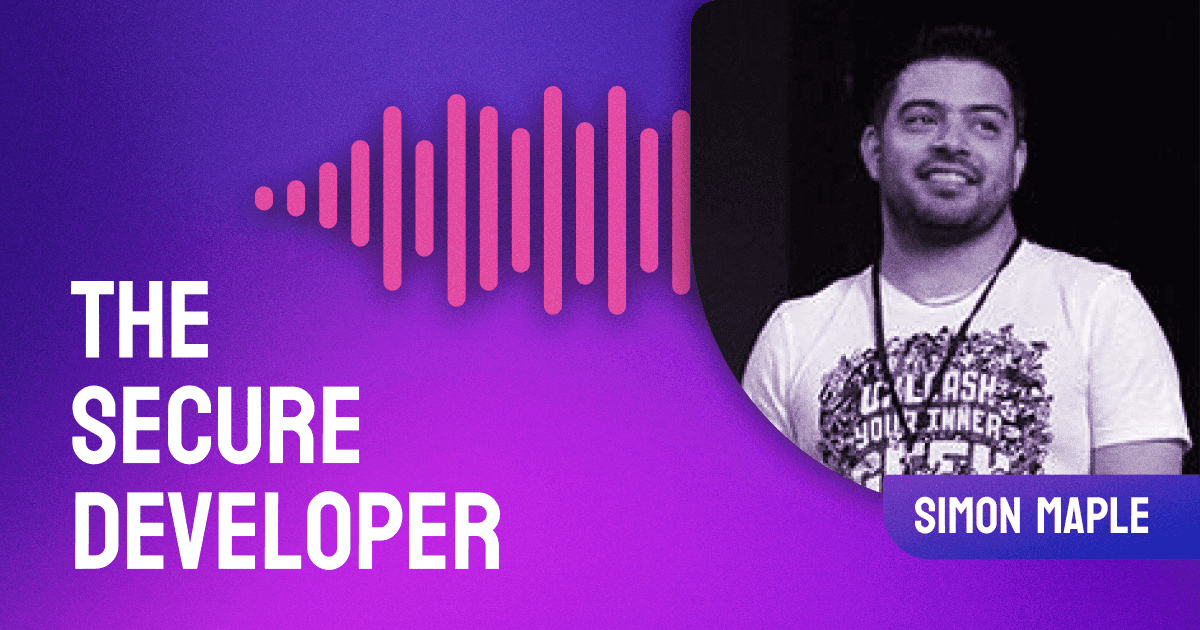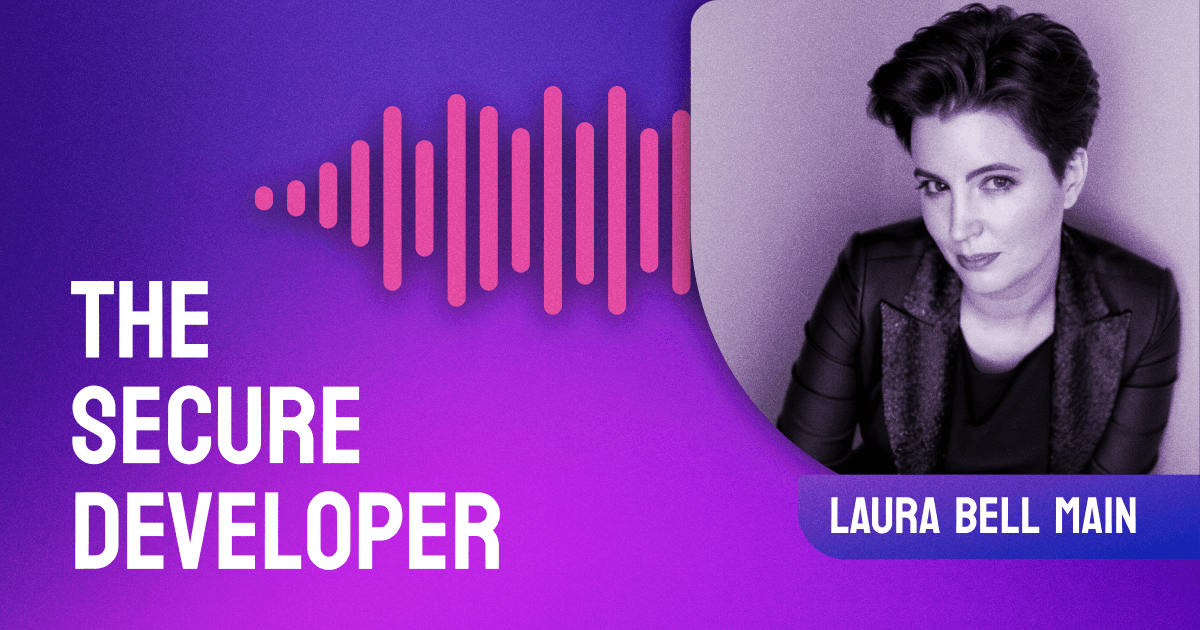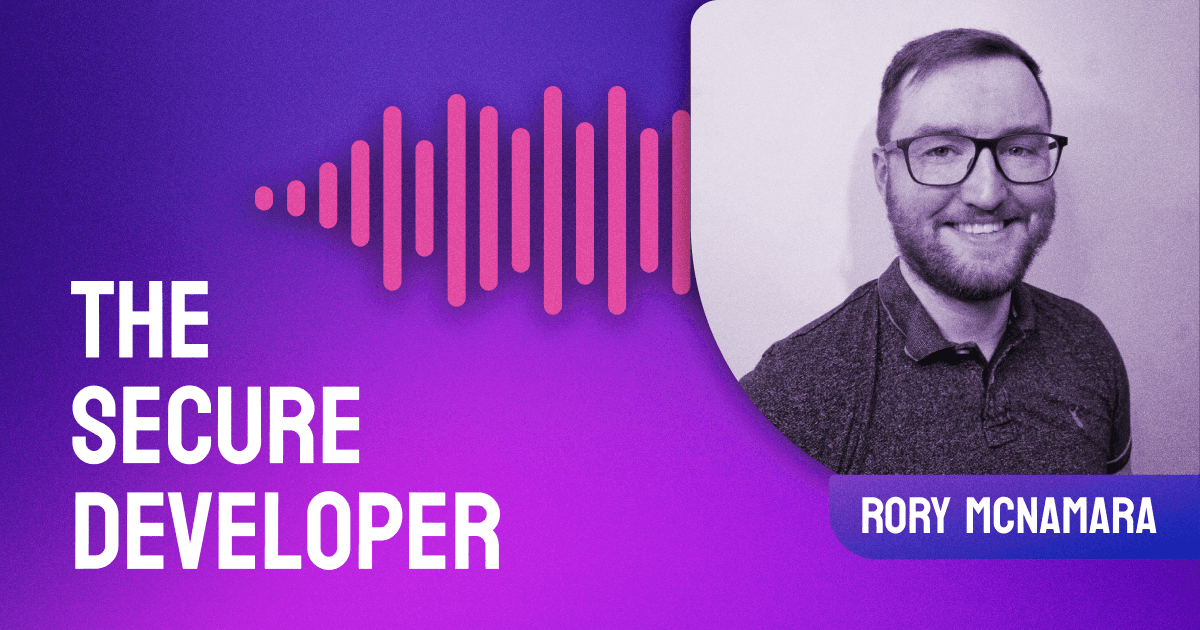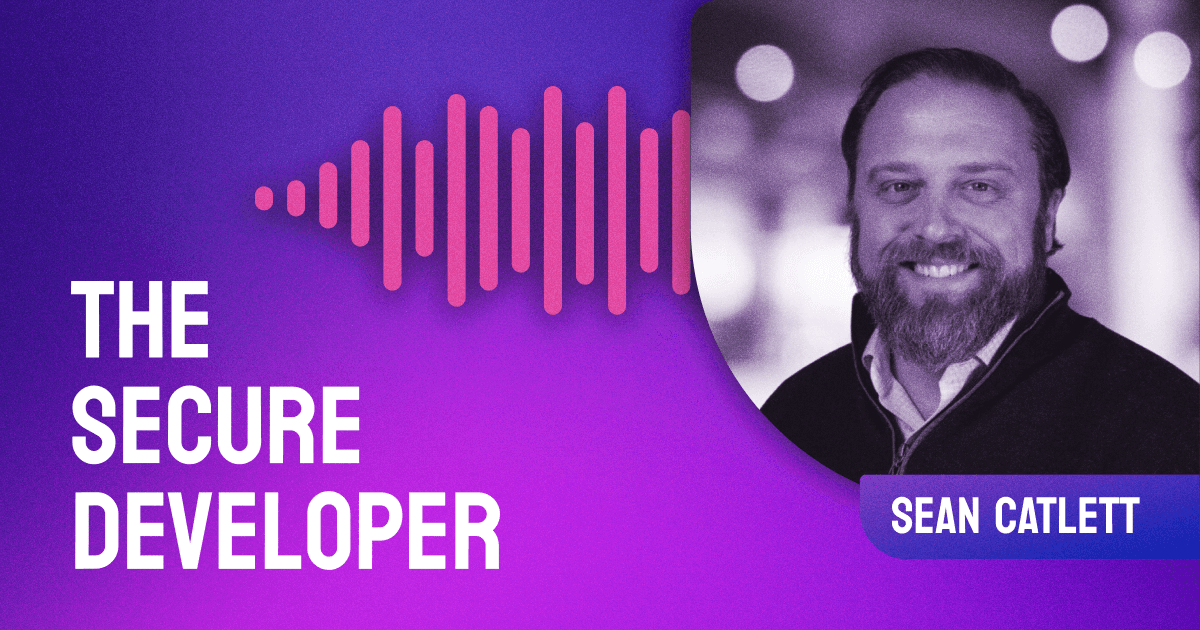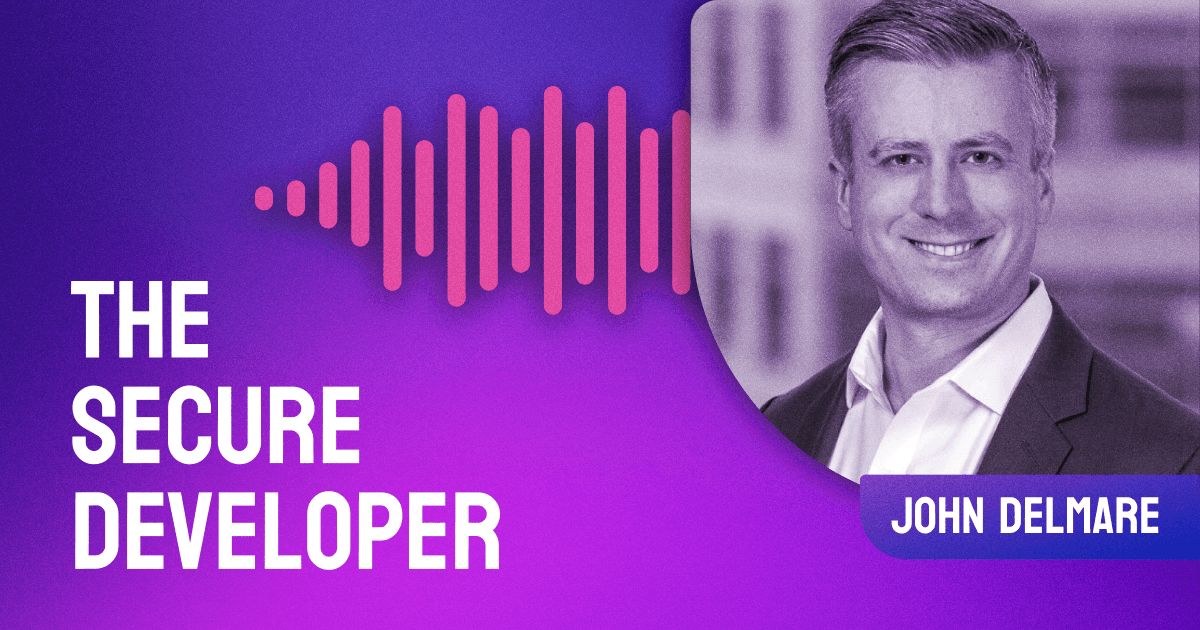Episode Summary
Guy explores AI security challenges with Salesforce's VP of Security, Henrik Smith. They discuss the fine line between authentic and manipulated AI content, stressing the need for strong operational processes and collaborative, proactive security measures to safeguard data and support secure innovation.
Show Notes
In this episode, host Guy Podjarny sits down with Henrik Smith, VP of Security at Salesforce, to delve into the intricacies of AI and its impact on security. As the lines between real and artificially generated data become increasingly blurred, they explore the current trends shaping the AI landscape, particularly in voice impersonation and automated decision-making.
During the conversation, Smith articulates the pitfalls organizations face as AI grows easier to access and misuse, potentially bypassing security checks in the rush to leverage new capabilities. He urges listeners to consider the importance of established processes and the responsible use of AI, especially regarding sensitive data and upholding data governance policies.
The episode also dives into security as a facilitator rather than an inhibitor within the development process. Smith shares his experiences and strategies for fostering cross-departmental collaboration at Salesforce, underscoring the value of shifting left and fixing issues at their source. He highlights how security can and should act as an enabling service within organizations, striving to resolve systemic risks and promoting a culture of secure innovation.
Whether an experienced security professional or a tech enthusiast intrigued by AI, this episode promises to offer valuable insights into managing AI's security challenges and harnessing its potential responsibly.
Links
Follow Us

